Posts in Category: EDCI339 – Blog Posts


Blog Post #5- AI and its Role in Education
Introduction
As schools and universities grapple with integrating AI technology, a question arises: Are we enhancing the learning experience, or are we creating shortcuts that ultimately undermine it? In this post, I’ll be exploring the impacts of predictive technologies in education; the promise they hold for personalized learning as well as the potential problems they present.
Predictive Technologies in Education
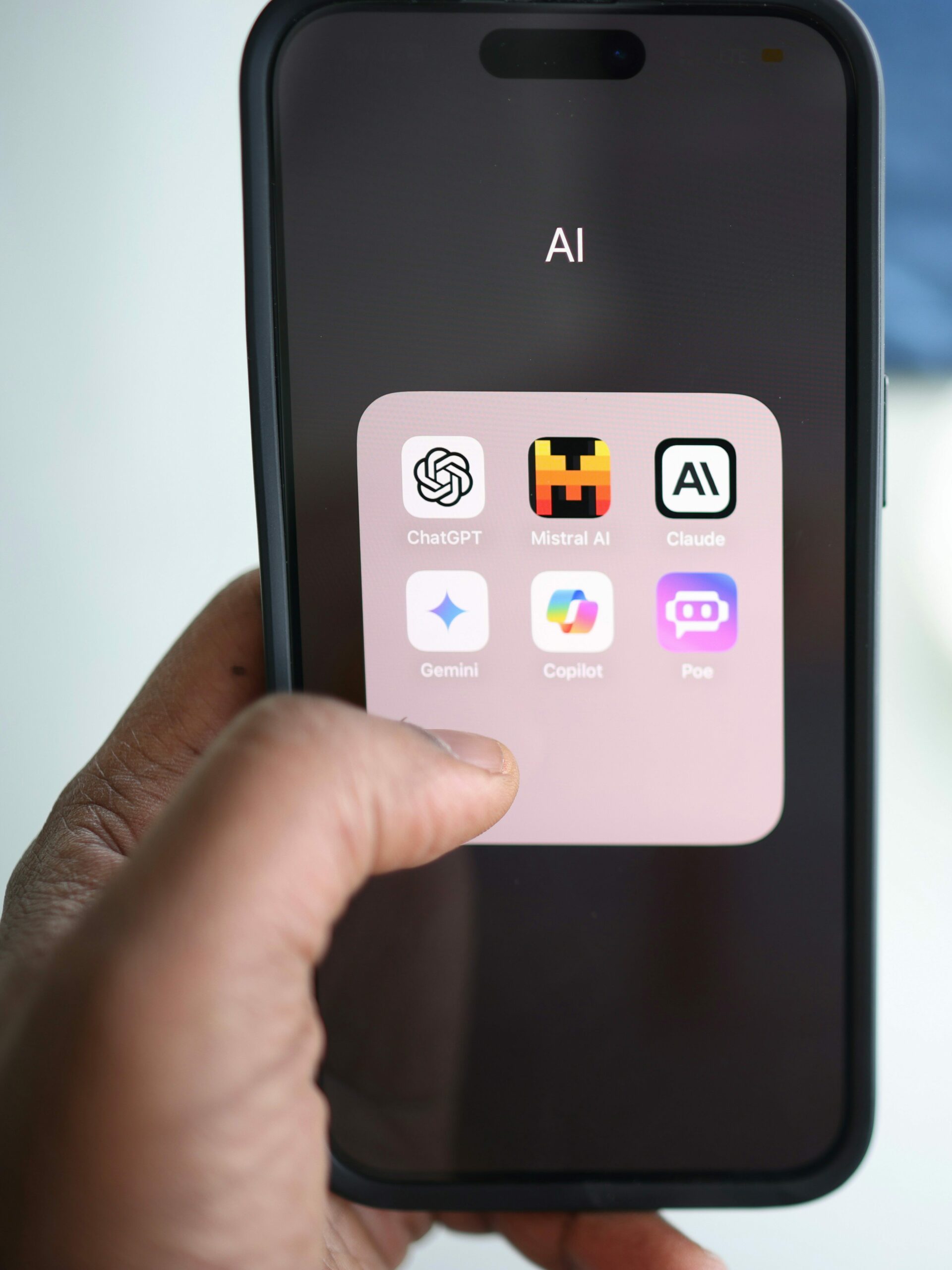
Today, predictive technologies such as AI are taking over online spaces, as well as educational spaces. While AI can be a useful tool, sometimes it is used in lieu of learning. For example, university can be a very stressful time for many students, and when one has five essays all due in one week, they may turn to an AI like Chatgpt to write an essay for them. The problem with this, is now the student is not demonstrating their learning, and instead they are committing a form of plagiarism. Moreover, Chatgpt can often give incorrect information, and students who use the AI for research may want to be more weary. While almost all students today are using AI to help them in their educational journey, a report from CTV news found that 52% of students over 18 have use AI to write papers or pass exams. This demonstrates just how ubiquitous the use of predictive technology is in education today; regardless of academic integrity.
While studies show that students will cheat regardless, what is concerning to me is the ability AI has to take away the learning process from students. Rather than brainstorming ideas and critically thinking about course material, students can enter prompts such as “critically analyze this text” and use the AI to think for them. This is not what education is about.
Here is an excerpt from a YouTube video by Drew Gooden which dives further into the world of AI, its purpose, and why we shouldn’t let it replace our creativity:
I found this video to be very inspiring, as an artist especially. I agree wholeheartedly with his thesis; while we can have AI do just about anything, why should we? We can do just about anything already! To bring this back to the topic of Ed Tech, I think there is a place for predictive technologies such as AI in education, for example to create customized lessons plans for more personalized learning, and aid teachers with admin tasks that take time away from educating. But overall, I see no reason why students should be using AI to complete their assignments, and I think if students continue to use AI, it will be detrimental to their educations.
AI Detection

In terms of detection, many institutions have begun to use AI detection to check if their students work has been written by AI. However, it seems that the AI itself is progressing more quickly than the detection technology, with features on some AI sites such as “humanize this” making it even easier for students who are essentially cheating to fly under the radar. On the other hand, generative AI such as Chatgpt offer bland styles of writing that educators are picking up on rather quickly.
AI generated images
AI images can be very useful for presentations or projects, however, there are a lot of downsides to the use of AI generated images. Here is a list of pros and cons for the use of AI generated images:
| Pros of AI images | Cons of AI images |
| – Finding Images of anything – Efficient to source – Can create artwork in a variety of styles | – Authenticity: AI learns from real artists to create images – Images can look uncanny or strange – Inconsistency – Job replacement: often AI images are sourced over the hiring of real artists |

This article dives into the ethics of AI generated art and how artists intellectual property can be protected. The main issue, as highlighted in the article, is that AI analyzes art from actual artists and uses to it generate images. Moreover, as described in the article, it is a “legal grey area”, making this a difficult problem to solve.
Conclusion

Predictive technologies are undoubtedly reshaping education, offering valuable tools that, when used thoughtfully, can support teachers and enhance learning. However, as we become more reliant on AI, we must remain vigilant about preserving critical thinking, creativity, and authentic intellectual engagement.


Blog Post #4: Open Pedagogy and OER
Open Pedagogy
In education, knowledge is shared. Open pedagogy follows this idea by emphasizing the sharing of resources as well as collaboration among learners and educators alike. This Youtube video provides a foundational definition and explanation of open pedagogy which is useful to understand for this blog post:

This idea that educational materials should be shared among everyone can sometimes cause fear for privacy risks. This article from UBC gives context to the potential risks of open pedagogy. I think it is important to recognize the risks along with the benefits, to ensure that we understand the ethics of open pedagogy before implementing it. Much of the risk comes down to privacy, and ensuring student privacy is always maintained; which is possible with open pedagogy so long as there is an awareness from the educator. Ultimately, the outcomes of shared learning resources are far greater than the downfalls. To illustrate just how beneficial open pedagogy could be, here is my comparison between open pedagogy and traditional learning:
| Open Pedagogy | Traditional Learning Methods |
| – Collaborative – Open licensed materials – Student driven – Contributions to discussions – Reflections | – Hierarchical – Proprietary materials – Curriculum driven – Consuming of information – Assessments |
As you can see, open pedagogy offers a learning environment which is not only more engaging for students, but will also aid with inclusivity, accessibility, and differing learning styles as it is often led by student creativity and curiosity.
The Role of OER
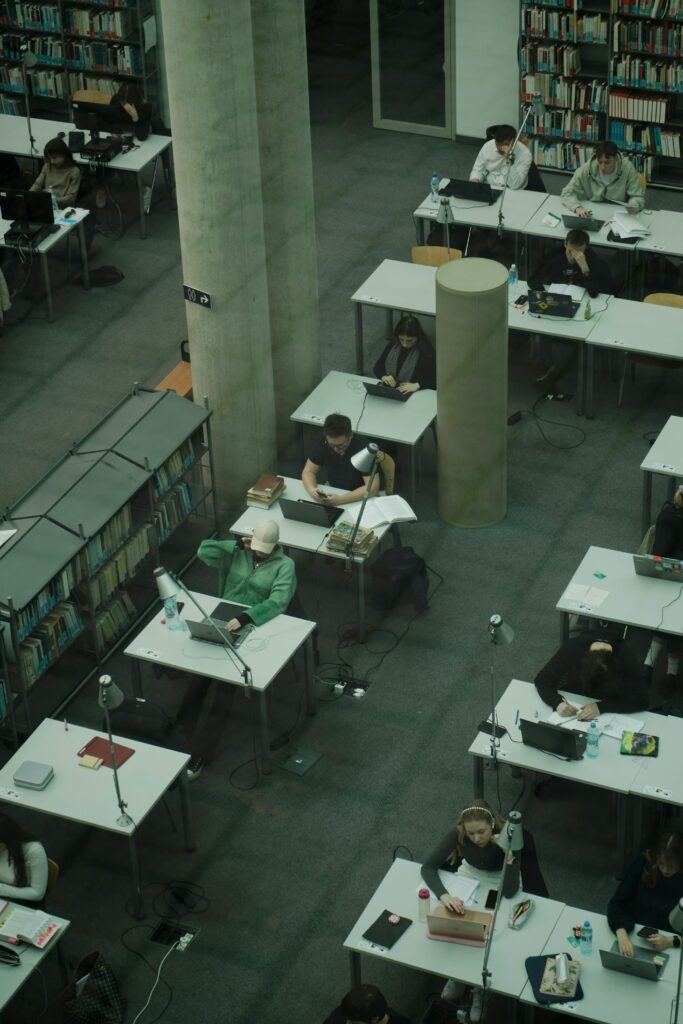
Open Educational Resources (OER) are teaching, learning, and research materials that are freely available for use, modification, and distribution. OER offer countless benefits to the educational landscape, and are transformative in their contributions to a more equitable and accessible educational world.
While the benefit of free resources is important in the role of education where often money is an issue, as outlined through this podcast episode from the University of Athabasca, the free aspect also means there can be a significant reduction in educational inequality. This episode outlines that cost is not the only benefit of OER, and some of the other benefits are as follows:
- Removing Barriers: By providing free access to quality educational materials, OER help remove financial barriers that can prevent students from accessing learning resources.
- Global Reach: OER can be accessed by anyone with an internet connection, expanding educational opportunities to populations in remote areas.
- Lifelong Learning: OER facilitate continuous learning opportunities beyond formal education, empowering individuals to pursue knowledge at their own pace and according to their interests.
- Encouraging Openness: The use of OER fosters a culture of openness in education, where sharing knowledge and resources becomes the norm, further supporting equitable access to education.
Implementing Open Pedagogy
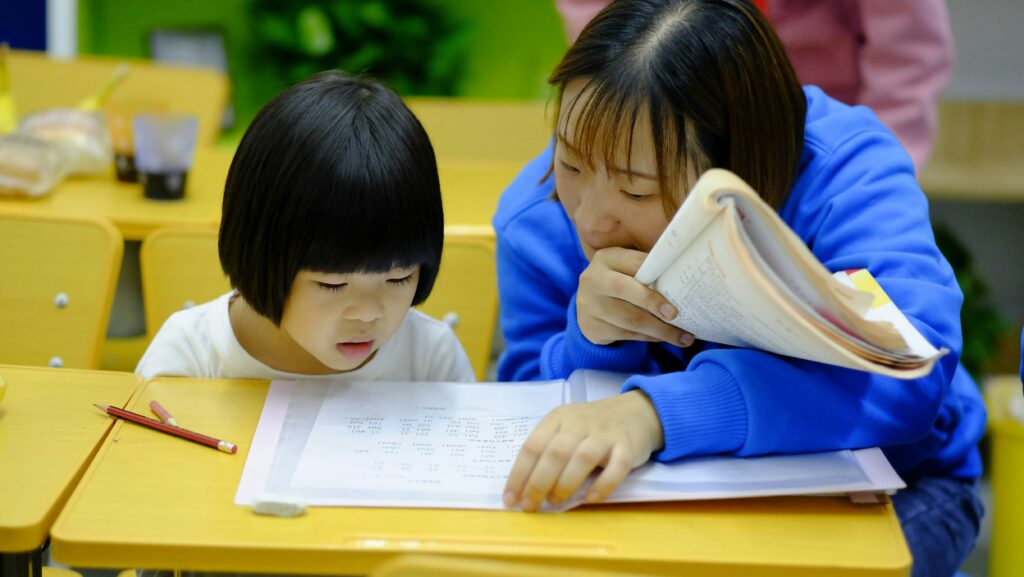
When it comes to implementing ideas from open pedagogy, there are many ways that each attribute can be implemented. However, I have countless ideas for how I would personally implement them. Firstly, to implement a collaborative learning environment, I would assign group work frequently, as well as engage students in group discussion, and encourage constructive peer feedback. To implement transparency, I would give students access to all the educational resources and materials so that they could look at them in their own time, as well as for the purpose of class assignments. To implement student centred learning, I would offer choices for how students can demonstrate their learning, and I would try to foster an environment where each students learning needs are being met. Moreover, I would offer students the opportunity to pursue their own topic of interest to encourage their learning interests.
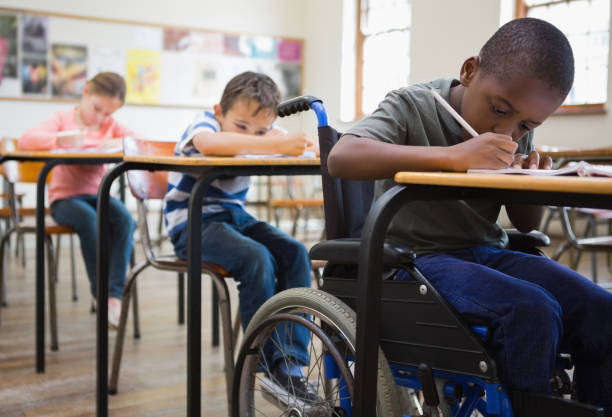

Blog Post #3: UDL and Accessibility
Universal Design for Learning (UDL)
The universal design for learning is an important framework which gives educators the tools to foster more inclusive and accessible learning environments, whether it be online or in person. I think the UDL is crucial in teaching, and through this framework, we see that not all students learn the same, but rather than shaming them or forcing them to learn in one way, we offer different ways to represent information, for students to engage with information, and for students to demonstrate their learning.
This image provides a visual which helps me understand the purpose of UDL a little better:

When I was in grade school it did not always feel like the UDL was being considered. For example, most of the time we were all told to take notes from a slide show or copy the teachers notes, and some students did not learn best this way, so it took them much longer than the rest of the class. When some students are struggling with one specific style of learning, it does not make sense to force them to “try harder” rather than considering that they may learn better through a different style. Through accommodation of all students, we can actually strengthen their learning through the use of the UDL.
Here is a Youtube video from the National Center on Universal Design for Learning helps to illustrate the need and purpose of UDL in action:
Accessibility in Online Learning

Accessibility in online learning is the idea that all students should have equal accessibility to knowledge, and through this idea, educators must design courses and develop teaching styles which will meet the needs of all students so that every learner can reach their full potential and is not held back by rigid lessons and inflexible educators. Accessibility is important not only in in-person classrooms, but also in online classrooms; To relate the topic of accessibility to virtual learning, check out this podcast episode which discusses practices to support students with disabilities in their online learning journeys.
To me, when considering accessibility, the most accommodating and helpful thing educators can do is to use all the resources they have and consider accessibility throughout lesson planning as well as instruction. Accessibility cannot be an afterthought, and it must be incorporated at all times. So, examples of tools which can be used for accessible learning are:
- Using multiple learning modalities (as described in UDL section above)
- Consider use of jargon or complicated language
- Consider readability of documents or slide shows
- Representing information through multiple sense pathways (visual, auditory, tactile, etc.)
Some more examples can be found on this blog: Accessible Learning: 10 Ways to Create a Better Learning Experience.

As an aspiring teacher, I want to be as knowledgeable as I can on how to create a welcoming, accessible, and inclusive environment for all of my students. I believe that the best way to create this environment is to form connections and relationships with students; to care about them and their interests. An educator who cares can provide the best learning experiences that are tailored their student’s needs and interests.

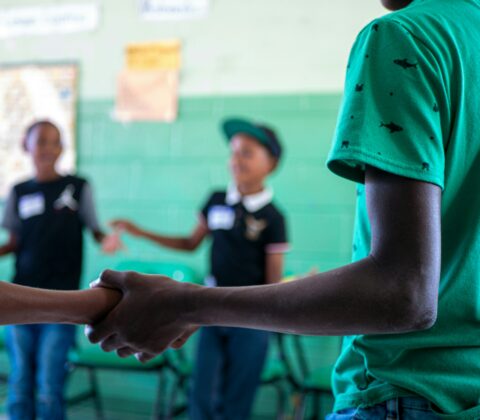
Blog post #2: Explorations into drama-based pedagogy and constructivism
Pedagogy is one of those words I’ve heard again and again throughout my degree, but I never completely understood what it meant. Now that I understand the meaning, I’ve realized that it’s a topic I think about often. I believe that using art as a form of pedagogy, specifically drama or theatre, can create engaging learning environments where students are eager to learn. While there is a time and place for lectures and desk work, I believe that hands on activities and group work are highly effective pedagogical tools. There is evidence that methods such as drama are useful in contexts past just drama; for instance, from topics ranging from math to social emotional development. This study from the review of educational research found that drama-based pedagogy had positive effects on students’ achievements in science, foreign language learning, and math.
Here is a video of drama-based pedagogy in action, where the teacher is using drama exercises to energize the students so that they are more motivated to learn:
Throughout my degree, I’ve focused a lot of my studies on drama in education, and for this reason, I’m a strong believer in the use of drama in the classroom for any age group, including college. In some of the drama in education courses I’ve been in, my professor would use drama to educate us, and I found this highly effective personally.

I believe that networked pedagogy can enhance learning experiences for similar reasons that drama creates positive learning experiences. Collaboration is a constant source for positive learning, and what better way is there to collaborate than through the internet?
Over the summer, I took some online, asynchronous summer courses. In these courses, I was involved in many group projects which required me to communicate and interact with students in my class online. It was incredible how well we could work together when we were physically apart, and through this experienced I learned the true power of networked learning. Rather than working in an isolated online environment, I felt I could find so many resources through my communications with my peers. I think this was fostered by my professor’s emphasis on group learning throughout the courses; while many asynchronous classes feel isolated, these did not because of the use of networked pedagogy.

A learning theory that resonated with me was constructivism. In grade school, I loved project based and inquiry-based learning, as my style of learning is very hands on- I like to learn through doing. These types of projects allowed for me to be curious, and explore topics in the curriculum in my own way. For constructivism to be applied to an online learning environment, large projects such as capstones may be a useful method. Students could work on a large project throughout the semester and present it at the end. This kind of project could easily be a group assignment, and through technology, groups could collaborate and research together to build their own understandings of the topic collaboratively. Here are an example of some online capstone projects from the Master of Educational Technology and Applied Learning Sciences at Carnegie Mellon University.

Today, my understanding of pedagogy is always evolving. I have many aspirations for how I will approach teaching in the future, and a lot of my ideas involve hands-on, collaborative learning that fosters excitement and genuine curiosity.
Blog Post #1

Hello, my name is Marina McLaren. I am twenty-two years old, and I am currently finishing up my BFA in Theatre. I am very interested in education, particularly using drama or theatre as an educational tool. My goal is to become an elementary school teacher, and I will be applying to the elementary education PDPP at UVic after I finish my degree. I currently working for two different out of school cares as a leader, and I am really enjoying learning how to lead and teach through first-hand experience.
I started my degree in 2020, so my entire first year of university was online. Some of my classes were asynchronous, but most of them were synchronous. It was a hard year, because I felt disconnected from my peers, and since it was my first year, I felt very scared and alone. However, I was amazed at the ability of technology to allow us to learn from a distance, especially in a degree like theatre, where distributed learning seemed like a difficult challenge.
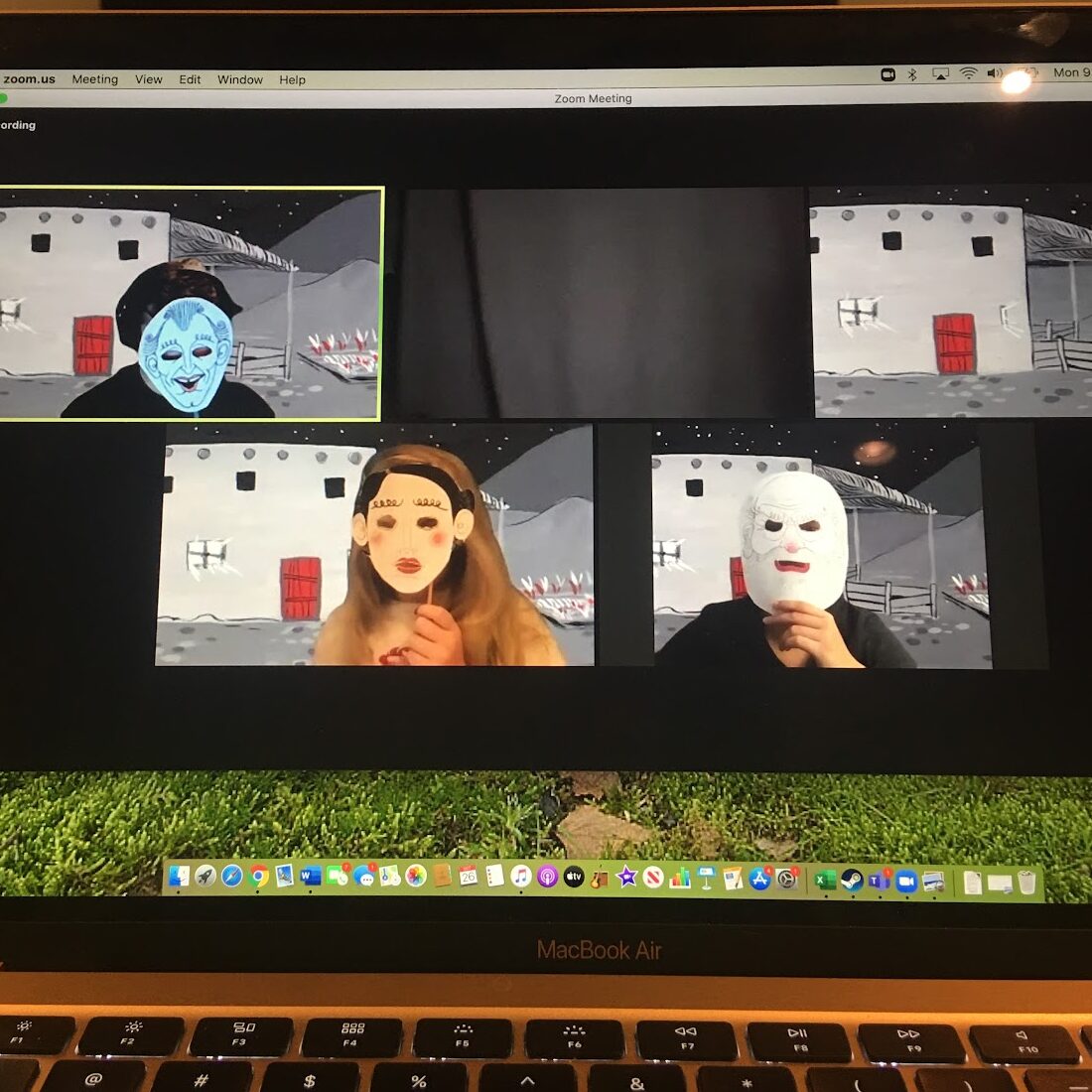
One thing I noticed during this completely online learning period, was that digital literacy was a very important skill to possess. Many students and professors, had to improve their digital literacy skills quickly in order to keep up, which was frustrating. However, the students who were already digitally literate were able to excel. Thinking about my first year causes me to wonder how we can all access resources to become more digitally literate, because as Shauna Begley reminds us in her Ted x talk: “Be confident that if you are not digitally literate today, it is entirely possible for you to be so in the future.” It is possible for anyone to learn, so how can we make digital learning more accessible? These are questions I do not yet have the answers to, but I hope I will by the end of this course.

When I think about different modes of learning, there are different reasons why I like or dislike each one. For instance, face-to-face learning offers community and connection, which can help build confidence for the learners as they build friendships with one another and help each other solve problems. But there are also reasons why online learning can be a very effective mode. For example, this semester my schedule is so busy that I don’t have time in my schedule for very many face-to-face classes. Since I have the option to take online courses, I can fit everything into my schedule without issues. As for the pros and cons of asynchronous versus synchronous learning, I think that it is very dependent on the learner; some learners do very well will self-paced and independent work, while others struggle more if they do not have the structure of scheduled lectures or lessons.